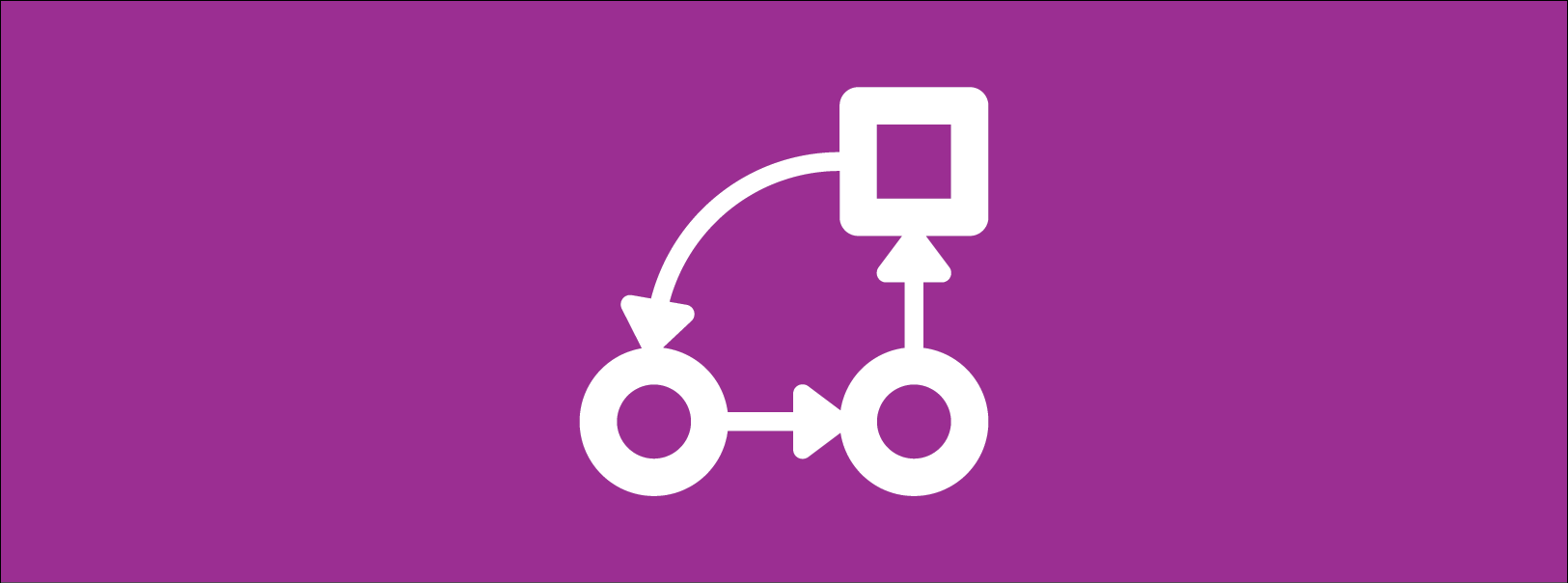Most of us have suffered the horrors of a computer virus at some point, and we know the damage that can be caused by these security infections. Our work gets disrupted as IT systems go down and, if we’re really unlucky, sensitive and valuable data might be lost or even leaked. But there’s a silver lining to most viruses, worms and other such malware, in that they can at least be tracked down and removed. Well, not always – enter the invisible Poweliks, which even your most sophisticated anti-virus software might not be able to protect you against. So, what do you need to know and how can you protect yourself?
What is Poweliks?
Security firm Symantec describes Poweliks as a trojan horse that performs malicious activities on the compromised computer. But it’s no ordinary trojan – unlike the majority, which infect your computer with malicious files, Poweliks is a silent and invisible threat that hides away in the memory registry of your system. It’s not entirely new for a virus to seek to cover its tracks by making itself “file-less” but, in contrast with Poweliks, most are wiped when you restart your computer and its memory is cleared. Worse still, Poweliks hijacks the legitimate processes and applications running on your network, inserting its code into them where it can largely evade detection.
First discovered back in August 2014, Poweliks has therefore created something of a headache for firms behind conventional security solutions like anti-virus software. Symantec and others have admittedly managed a number of updates to their protection in response to the threat posed by Poweliks. But although very minor records of the presence of the trojan are left behind by way, for instance, of registry logs, the signs of its destructive presence are much lower key than the computer world is used to, meaning Poweliks is unlikely to show up on most system scans.
Poweliks has links to Kazakhstan, the home of two servers the malware connects to once it is up and running from within your computer. The servers in Kazakhstan then send commands to the bug to tell it what to do next. In theory, this then makes way for the tool to be used to download other undesirable programs that could infect your system without your knowledge. It could equally be used to steal and disseminate data from your network.
How can I best protect myself?
As well as the anti-virus updates that have gradually been released – but which are still likely to have only a limited impact on threats of this type compared with those of the past – a number of Poweliks removal guides are now available online. Nevertheless, prevention as ever, remains better than cure. One method reported to have been employed in the distribution of the Poweliks infection is embedding it in a Microsoft Word document, which is then sent as an attachment to spam emails, and which the attackers hope your curiosity will lead you to open. Among the senders that these spam messages have masqueraded as being from are the United States Postal Service and Canada Post. Of course the best advice remains to be suspicious of any and every email attachment you open, particularly if you weren’t expecting mail or it’s from someone you don’t know.
Should I be concerned?
In fact, revisiting your everyday security precautions is probably pretty good advice all round, since experts predict that this type of threat is likely to become ever more common as attackers seek to exploit the techniques of Poweliks in order for their infiltration to remain unnoticed for as long as possible. Sure enough, a number of copycat threats have already been detected by security specialists as of the start of 2015.
General awareness around web sites you choose to visit is also recommendable in particular, since others have also reported the bug making its way onto their systems thanks to so-called ‘drive-by download attacks’ – whereby simply visiting a malicious web site is enough to trigger the infection, and actively downloading a file isn’t even necessary. As a result, organizations may wish to consider more comprehensive filtering of internet access, or at the very least reactive blocking of known malicious sites, in order to prevent employees from inadvertently infecting a company network.
To find out more about IT security solutions and protecting your technology from attack, contact us today.







 As the new year has approached, stress levels go up within businesses. There is often the pressure to finish reports and budget for the new year, not to mention that there was probably extra expenditure requirements during the past holiday season too. This is also the time when many businesses begin to look for newer business systems that are not too expensive. To help, here are some free or affordable solutions that could make your business run far easier.
As the new year has approached, stress levels go up within businesses. There is often the pressure to finish reports and budget for the new year, not to mention that there was probably extra expenditure requirements during the past holiday season too. This is also the time when many businesses begin to look for newer business systems that are not too expensive. To help, here are some free or affordable solutions that could make your business run far easier.